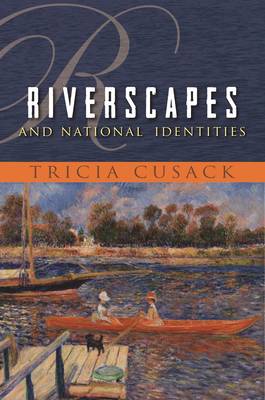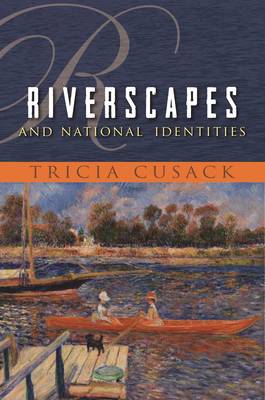
En raison d'une grêve chez bpost, votre commande pourrait être retardée. Vous avez besoin d’un livre rapidement ? Nos magasins vous accueillent à bras ouverts !
- Retrait gratuit dans votre magasin Club
- 7.000.000 titres dans notre catalogue
- Payer en toute sécurité
- Toujours un magasin près de chez vous
En raison de la grêve chez bpost, votre commande pourrait être retardée. Vous avez besoin d’un livre rapidement ? Nos magasins vous accueillent à bras ouverts !
- Retrait gratuit dans votre magasin Club
- 7.000.0000 titres dans notre catalogue
- Payer en toute sécurité
- Toujours un magasin près de chez vous
50,95 €
+ 101 points
Format
Description
Painted riverscapes such as Claude Monet's impressions of the Seine, Isaak Levitan's Volga views, or Thomas Cole's Hudson scenery became iconic not least because they embodied nationalist ideas about place and about culture. At a time when nationalism was taking root across Europe and the United States, the riverscape played an important role in transforming the abstract idea of the nation into a potent visual image. It not only offered a picture of the nation's physical character, but through aspects such as style, the figures portrayed, and the nature of the implied spectator, it presented a cultural ideal.
In this highly original book, Tricia Cusak explores significance of painted riverscapes to the creation of national identities in nineteenth and early twentieth century Europe and America. Focusing on five rivers, the Hudson, the Volga, the Seine, the Thames, and the Shannon, the author outlines the history of the development of national landscapes, elaborating on the distinctive nature of riverscapes. Drawing on the symbolic potential of rivers to represent life and time, the riverscape provided a metaphor for the mythic stream of national history flowing unimpeded out of the past and into the future.Spécifications
Parties prenantes
- Auteur(s) :
- Editeur:
Contenu
- Nombre de pages :
- 256
- Langue:
- Anglais
- Collection :
Caractéristiques
- EAN:
- 9780815632115
- Date de parution :
- 02-03-10
- Format:
- Livre relié
- Format numérique:
- Ongenaaid / garenloos gebonden
- Dimensions :
- 163 mm x 234 mm
- Poids :
- 498 g

Les avis
Nous publions uniquement les avis qui respectent les conditions requises. Consultez nos conditions pour les avis.






